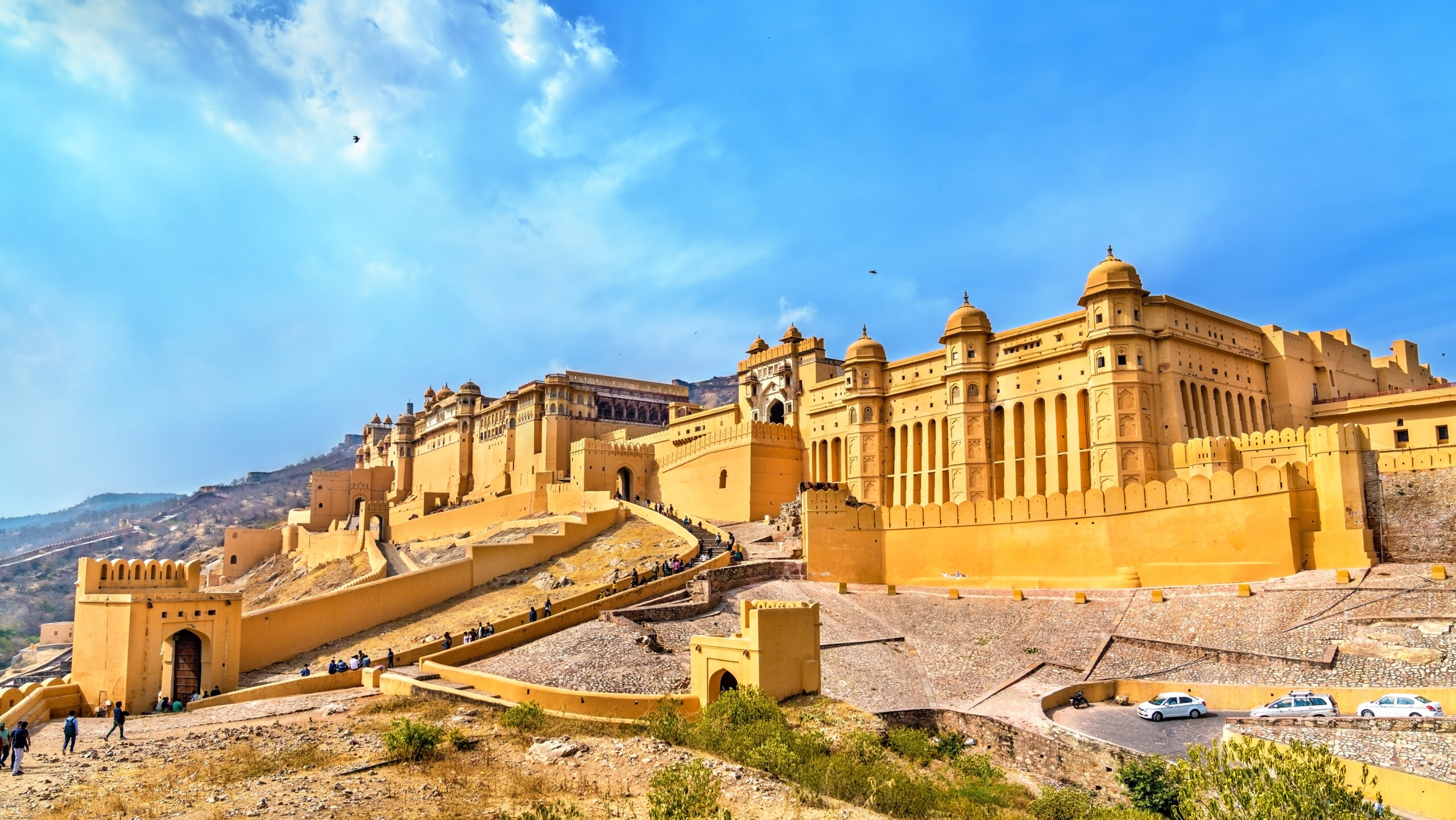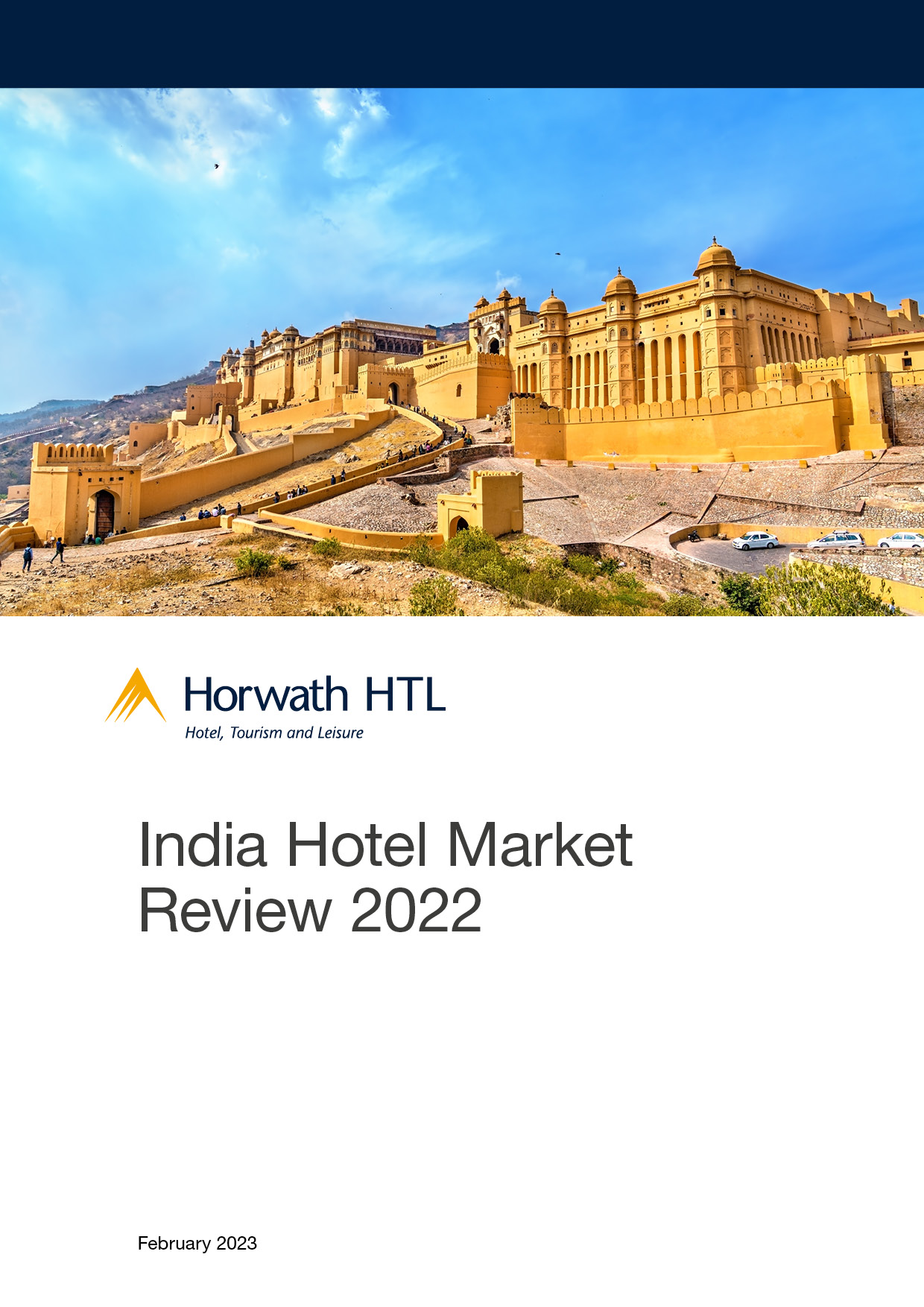
Report
India Hotel Market Review 2022
The Indian hotel market experienced a significant resurgence in 2022, marked by strong performances across various segments and regions. This year was considered exceptional by many in the industry, with numerous hotels achieving record-breaking results.
According to a survey by Horwath HTL, 65% of respondents reported 2022 as their best year ever, while another 30% ranked it among their top three years.
Performance Metrics
- Occupancy and ADR: Nationally, the Average Daily Rate (ADR) grew by nearly 38% over 2021, surpassing Rs. 6,000 for the first time in a decade. Occupancy rates, however, remained just below 60%, slightly underperforming the rates seen from 2016-2019.
- Segmental Analysis: The Luxury & Upper Upscale (Lux-UpperUp) segment achieved notable ADR growth, particularly in leisure destinations like Udaipur and Goa, which recorded ADRs of Rs. 14,041 and Rs. 9,780, respectively. The Midscale & Economy (M-E) segment, though showing improvement, still underperformed with occupancy at 50%.
Key Trends and Insights
Leisure Travel Surge: The leisure sector emerged as a significant revenue generator, with high ADRs in destinations like Udaipur and Goa. The demand for leisure travel has become more pronounced post-pandemic, driven by domestic tourists and events such as weddings.
Business Travel Recovery: While the core of business travel has not fully returned to pre-pandemic levels, cities like Mumbai and Delhi saw substantial gains in ADR. However, markets dependent on IT sectors, such as Bengaluru and Hyderabad, faced inconsistent demand.
Market Concentration: Five key markets (Mumbai, Delhi, Goa, Udaipur, and Jaipur) accounted for 37.3% of the room revenue in India, despite having only 26.8% of the supply share. This concentration indicates the significant impact of these markets on the overall industry performance.
Supply Growth: The supply of new rooms was slower than expected, with a net increase of 9,229 rooms in 2022. The trend towards smaller hotels continues, with the average new hotel size being 65 rooms. The focus on midscale and economy hotels is evident, though these segments struggle with occupancy and ADR.
Regional Market Expansion: Regional markets are growing in relevance, with a supply share increase from 27% in 2015 to 34% in 2022. This expansion is expected to continue, with 57% of new supply projected to be outside the top 15 markets in the next five years.
Challenges and Considerations
- Debt Stress: While immediate debt stress appears to have lessened, the expiration of benefits like the Emergency Credit Line Guarantee Scheme (ECLGS) may bring financial challenges back to the forefront.
- Workforce Issues: The hospitality sector faces high attrition and struggles with attractiveness to potential employees, which could hinder growth.
- Need for Renovation: Many hotels might delay renovations to capitalize on current high demand, but this could lead to asset deterioration and long-term issues.
Future Outlook
The outlook for 2023 is optimistic, driven by the return of international travel, continued domestic tourism, and significant events such as the G20 summits. The industry’s ability to maintain high ADRs and occupancy rates will be crucial, alongside strategic investments in renovation and workforce development.
Download the report
For detailed charts, graphs, and further analysis, download the full report here




